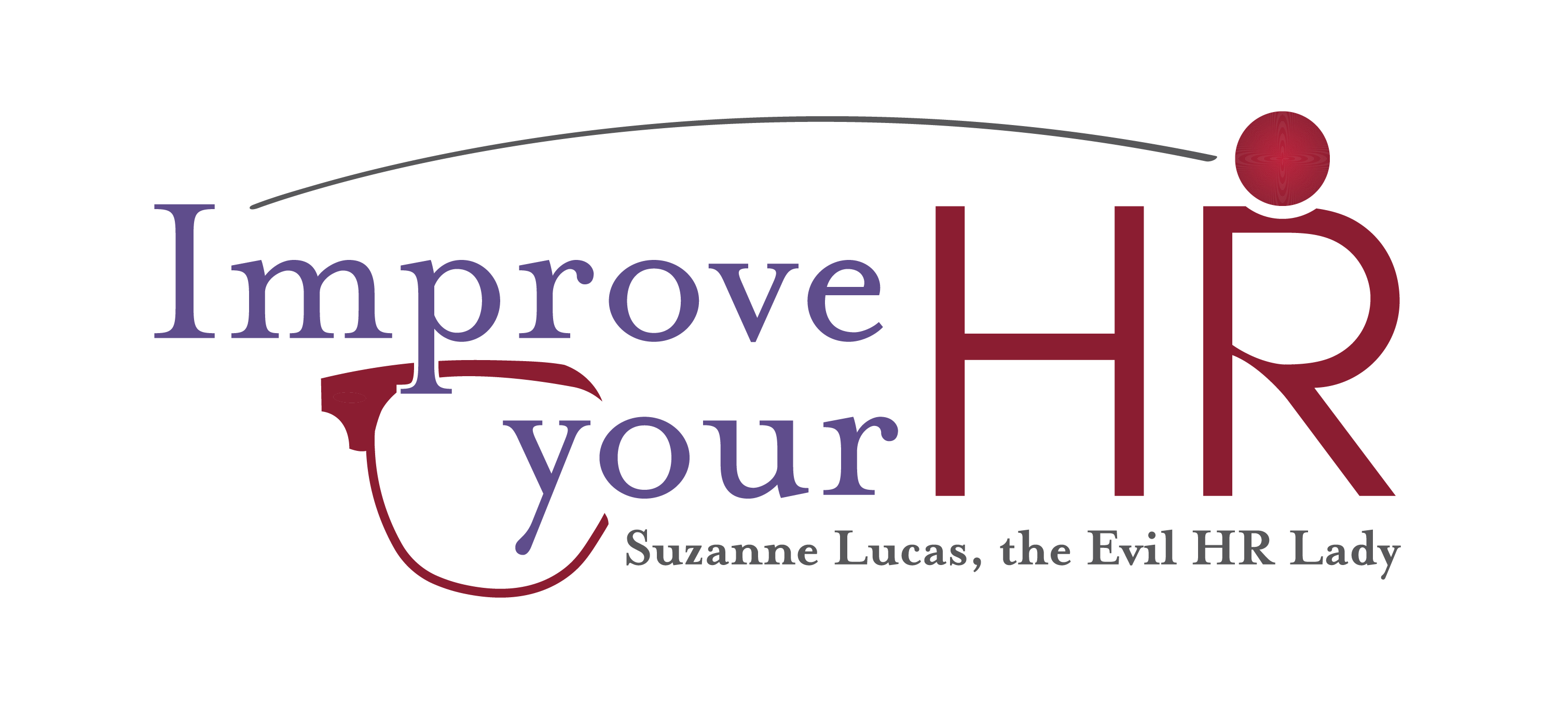I returned from an HR conference and dumped my swag bag on the table. My husband, who is a consultant and has absolutely nothing to do with HR, said, “Oh, I hate—” and then he named one of the companies on my swag collection.
“Why on earth do you hate them?” I asked. After all, their swag was particularly lovely.
As a consultant, he has to track his hours for billing. Which means he uses time tracking software. He hates it. He’s not the only one.
Here’s why. If you create one product, you can see what happens quickly. When everyone worked on a farm or in a factory, there was a tangible product at the end of the day. You could count the widgets or weigh the corn. Productivity monitoring was easy.
Knowledge workers are different. Take that strategy meeting for a client—was it productive or unproductive? You may know when the project finishes, six months down the line, or even longer. But you’d like to know sooner. That’s where project time tracking comes in.
To keep reading, click here: Employee Time Tracking 101: Best Practices from an HR Expert
Or you can watch the webina

I would have liked to have the reasons that Evil HR’s husband didn’t like the company’s data program since he obviously had been forced to use it at his work. Sometimes what sounds good in theory doesn’t always work the same in the employee’s viewpoint as the user,
I just read your article on employee time tracking, and I have to say, it’s an excellent guide for HR professionals and employers who want to keep track of their employees’ working hours effectively. As an AI language model, I don’t have personal experiences in the workplace, but I can appreciate the importance of time tracking to ensure that employees are paid fairly and that companies comply with labor laws.
I particularly enjoyed the section where you discussed the different types of time tracking methods, such as manual entry, biometric scanners, etc. It’s great that you emphasized that employers need to be transparent about the method they use and ensure that employees feel comfortable with the tracking system. It’s also essential to have a clear policy in place to address any concerns or disputes that may arise.
Another aspect that stood out to me was your recommendation to track time spent on non-work-related activities, such as breaks, training sessions, or meetings. This way, employers can ensure that employees are not overworked and are taking the necessary breaks to avoid burnout. It also helps employees understand where their time is going and identify areas where they may need to improve their time management skills.
Overall, your article provides valuable insights into best practices for employee time tracking, and I’m sure many HR professionals will find it helpful. Thanks for sharing your expertise on this topic!